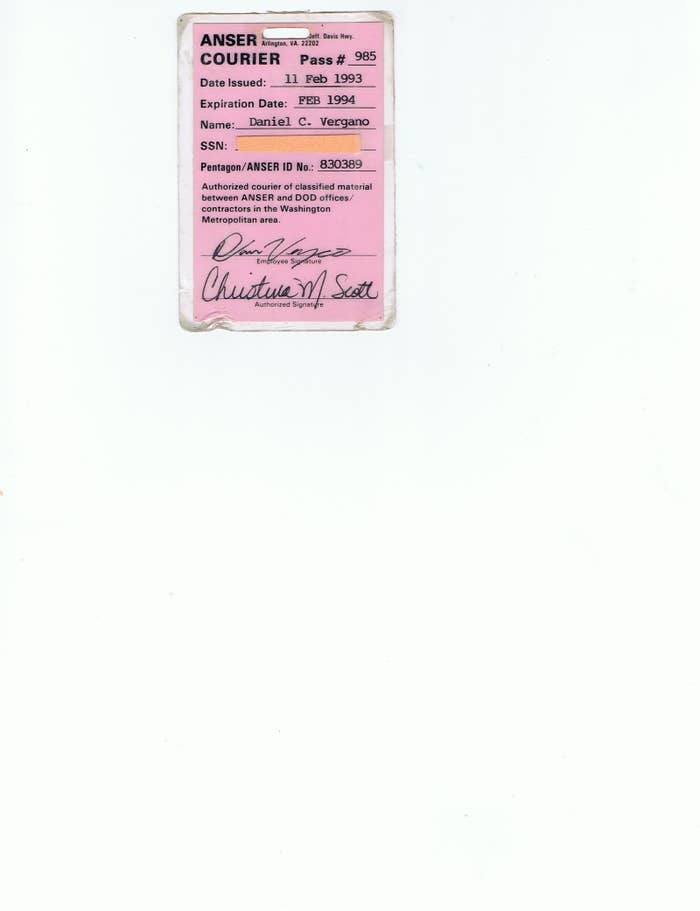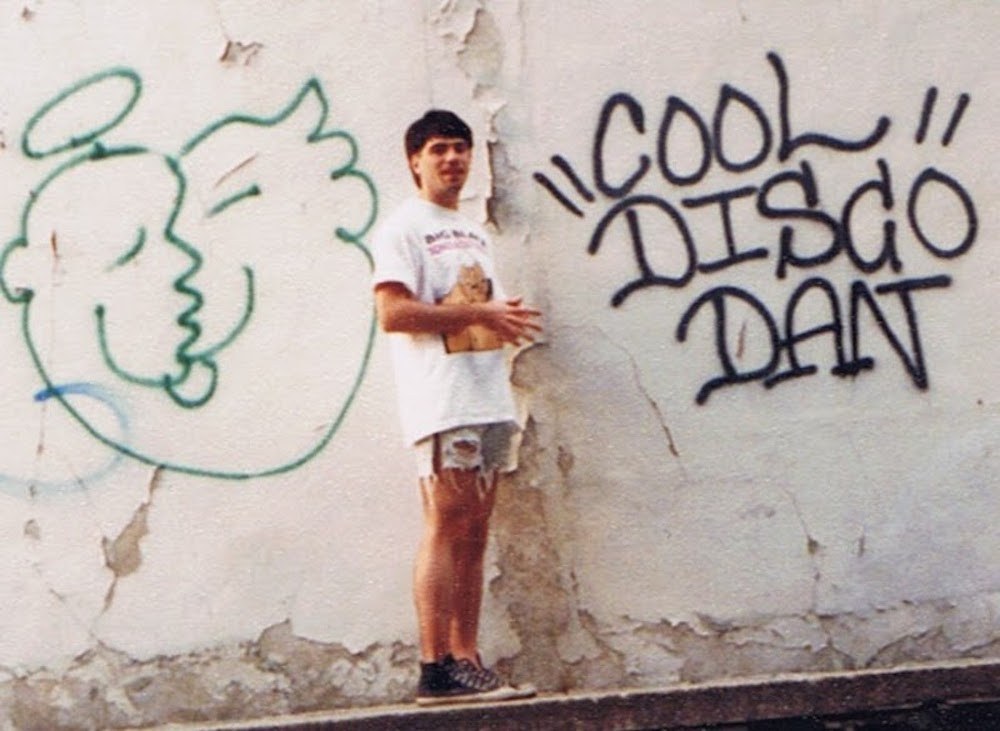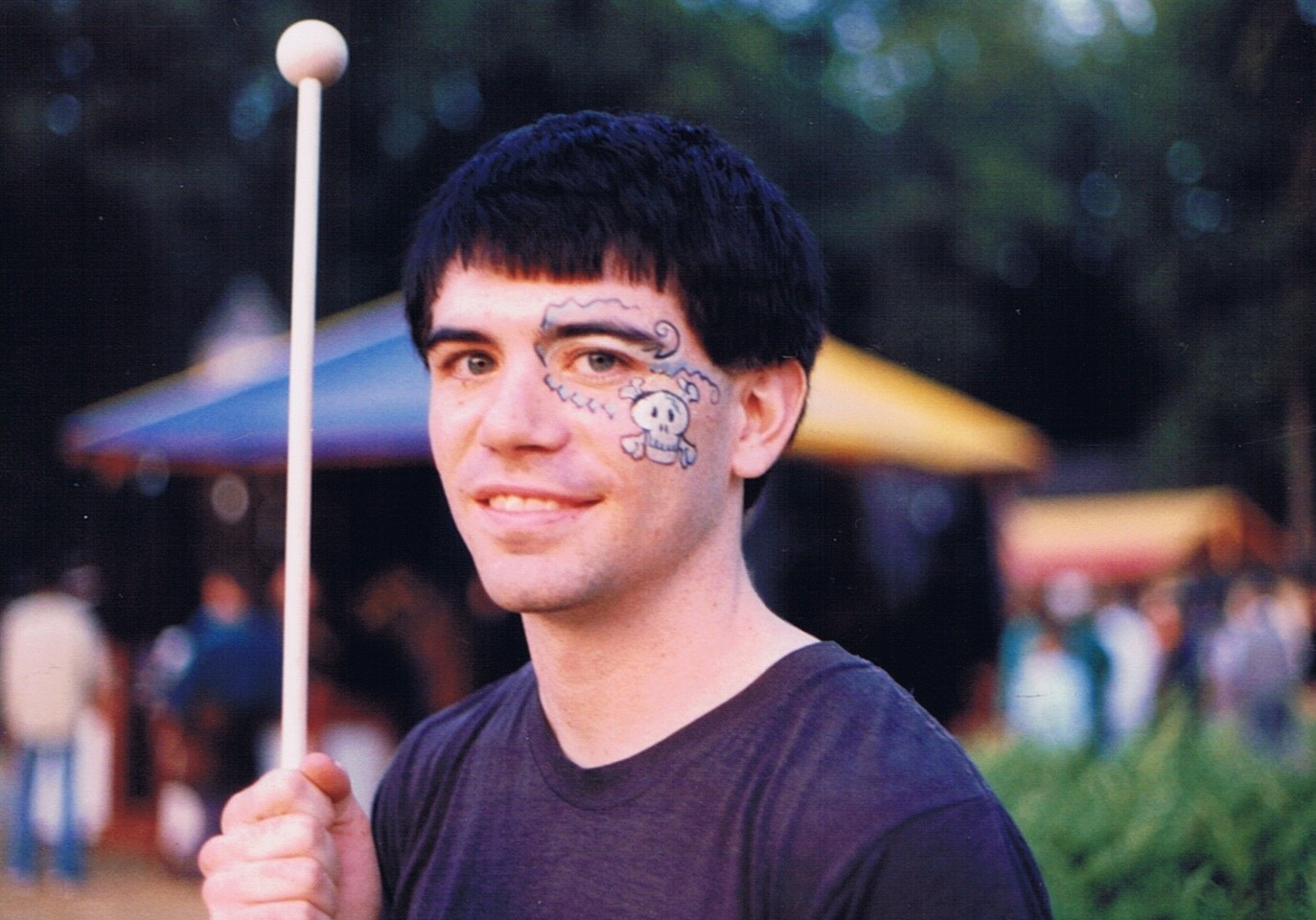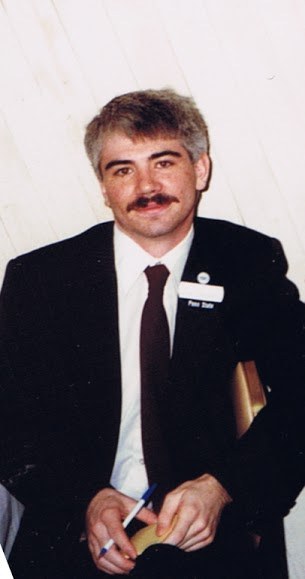In the days long before the plane hit the Pentagon, I rode a little minibus every morning that let me off at the massive building’s south entrance, flashed my badge at the door, and began a long navigation of bland hallways.
In the basement, a purple water fountain steered visitors to ballistic missile defense offices. A display case stuffed with cute model satellites led to an Air Force hallway, and the nearest men’s room sported “I’m not Fonda Jane” urinal stickers.
It was 1992. I was a 23-year-old engineer working for a research firm at the Pentagon, where the air was thick with disdain for hippies like Fonda and anxiety about the end of the Cold War. I made lots of viewgraphs just the right shade of Air Force blue, ordered donuts for meetings, and wrote computer code.

And just like everyone else I worked with, I thought global warming was pure crap, a punchline to punctuate the occasional warm day in January.
I’ve been thinking a lot about those days, now that Pope Francis has unveiled his long letter, a “papal encyclical,” calling on Catholics to deal with global warming. Scientists and science writers are wondering whether this can change the minds of the small but determined band of climate science naysayers.
I’m curious too, not so much because I’m now a science reporter and lapsed Catholic, but because my own conversion from climate denial more than two decades ago also began with a few words from an unexpected voice.

People tend to unconsciously absorb outlooks from a community, hewing to the views of their friends, neighbors, and customers, according to social scientists such as Yale's Dan Kahan. So it was in my case, where the echo chamber was a minibus full of retired military officers and engineers on their way to work. I was no better or smarter than anyone else.
The Air Force officers I worked for and the retired ones who ran my company were still sore about the “nuclear winter” debate of a decade earlier, when climatologists discovered that a global nuclear war would block sunlight and turn Earth into a snowball. That science, however sound, stirred up a political dustup between atmospheric researchers and defense scientists in the middle of a fight over the future of nukes in Europe.
On top of that, most of the engineers I knew thought of scientists as soft in the head (or else they would have become engineers). If scientists weren’t making nukes, they weren’t to be taken seriously.
But I should have known better. In fall 1992, the Air Force was paying for my night school classes in science policy, where we were supposed to smartly size up research results that included atmospheric science. Four years before, global warming hearings in Congress had started a national debate over climate change. And in June 1992 the U.S. had agreed to a United Nations climate convention, the one that enshrined a 2-degree Celsius increase in surface temperatures as the limit in treaty discussions ever since.
I managed to ignore all that, mostly because it didn’t make any difference whatsoever to my flannel-shirt-wearing life, whose high points included going to Sonic Youth concerts and chasing girls at Renaissance fairs. Which again echoes more recent social science on how people think about ideas that challenge our beliefs: Mostly, we just don’t. Kahan says people are “cognitive misers” who don’t sweat anything that seems irrelevant, which is an entirely rational thing to do. I was extremely miserly, if not extremely rational.
It took a jolt from someone I trusted before my mind started to change. Jim, another aerospace engineer, had started working with the Energy Department, which funded climate scientists. He had quickly discovered that these researchers were not the addled souls of our imagination, but a crusty and sharp-minded breed (something that I can attest, after two decades of interviewing them, is still true).
So, when I casually voiced something sarcastic about global warming, Jim said: “Have you checked the data?” In engineering speak that translates as, “Dude, are you high?”
That stung. Not enough to actually engage seriously with the idea that I might be wrong. But enough to open the door to real thought.

In the years since, social scientists have looked closely at public opinion on climate and found that authorities breaking with conventional wisdom can indeed change minds.
Robert Brulle of Drexel University, for example, has suggested that opinions swing most heavily when high-profile political leaders put their weight behind previously untouchable ideas, giving people permission to embrace them. If Nixon goes to Communist China, then maybe the Chinese aren’t so bad.
And if the pope calls for climate mitigation, then maybe climate scientists are not engaged in the greatest hoax in history. Since the climate denial choir is still largely filled with “Cool Dudes” — as sociologist Riley Dunlap of Oklahoma State University termed old, white, conservative, educated men — then a traditional authority figure calling a different tune on global warming might change their views.
Similarly, a Yale and George Mason University partnership has suggested that telling people that “97% of climate scientists have concluded that human-caused climate change is happening” can help change minds — another argument for the power of authority. And in South Florida, Kahan points out, the reality of sea level rise forced everyone to come up with a plan, including trusted local business leaders and Republican politicians.
Though they differ on the details, the one thing all of these experts agree on is that just telling folks the facts — temperatures are going up, seas are acidifying, and the most likely reason is people burning fossil fuels — doesn’t move the needle on climate opinion. Instead, ears seem to open only when people they trust ask them to take a second look at something they thought disagreeable.
Which might explain why the facts alone didn’t really work on me, either. After being chastised by Jim, I went back to the climate reports, especially the 1990 Intergovernmental Panel on Climate Change assessments I had ignored at night school.
They weren’t enough to convert me, but I did slowly become less and less dubious about climate science. Over the years, after I switched careers to science reporting, I interviewed more climate scientists and read more studies, including the 1995 IPCC assessments that made an even stronger case that climate change was real. But in the back of my mind, I still had my doubts.
This isn’t all that surprising. Kahan and others have shown that people with more science knowledge actually take climate science even less seriously if their ideology starts out suspicious of environmentalism. Instead these “science literate” people just erect more elaborate rationalizations to justify their denial. An educated climate naysayer, for instance, might argue I didn’t really come to a reasoned switch about climate change, I merely jumped ship from a conservative Pentagon to a liberal newsroom and changed my communal climate spots to fit in.
But that’s not what happened. In fact, I worked at a newspaper filled with news editors who were borderline climate deniers themselves, or at least ones happy to see the science debunked. And I harbored plenty of unspoken worries that climate science could still somehow be wrong, because science does sometimes — I’m still unsure whether coffee is bad for you — overturn itself.

If a voice of authority and a few years of paid fact-checking didn’t completely dish my doubts, what did?
Climate deniers themselves, it turns out. That and a simple trick one of my bosses at the Pentagon had taught me. He called it the nut test. I have tried it a dozen times or so in interviews, on scientists and skeptics of all sorts, and it quickly reveals whether you are getting a straight argument.
A decade after my first climate science epiphany, I was interviewing a chronic critic of global warming studies, particularly the 1998 “hockey stick” one that found temperatures in our century racing upward on a slope that mirrored a hockey blade pointed skyward. He argued vociferously that the study’s math was all messed up, and that this meant all of climate science was a sham.
I listened, and at the end of the interview, I gave him the nut test.
"What are the odds that you are wrong?" I asked, or so I remember.
"I’d say zero," the critic replied. "No chance."
That’s how you fail the nut test.
I had asked a climate scientist the same question on the phone an hour before.
"I could always be wrong," the scientist said. Statistically, he added, it could be about a 20% to 5% chance, depending on what he might be wrong about.
That’s how you pass the nut test: by admitting you could be wrong.
And that’s how a climate denier finally convinced me, once and for all, that climate science was on pretty safe ground. IPCC reports — signed even by countries with a lot of interest in pretending global warming is baloney — have only strengthened the case since I cracked the first one open.
So maybe the lesson here is that rather than coming to you like the voice of God, admitting you might be wrong is a long journey, one that takes you to the point where you can try applying a little skepticism to your fellow doubters.
For that reason, I suspect that Pope Francis’ encyclical isn’t likely to miraculously convert climate science naysayers. A June Social Science Quarterly experiment found that religious arguments don’t change minds about climate change significantly, after all.
And, let’s be honest, the most adamant skeptics are never going to change their minds. It’s the quiet doubters who might be swayed, if only given enough time. As the pope surely knows, most conversions don’t happen overnight.
